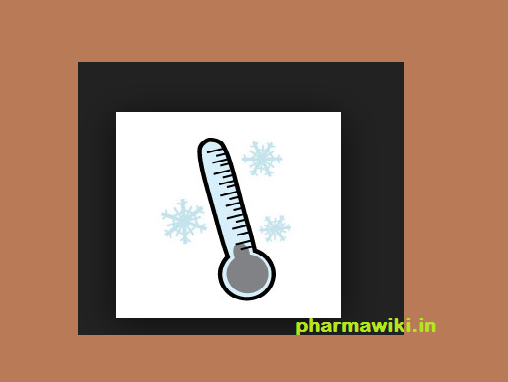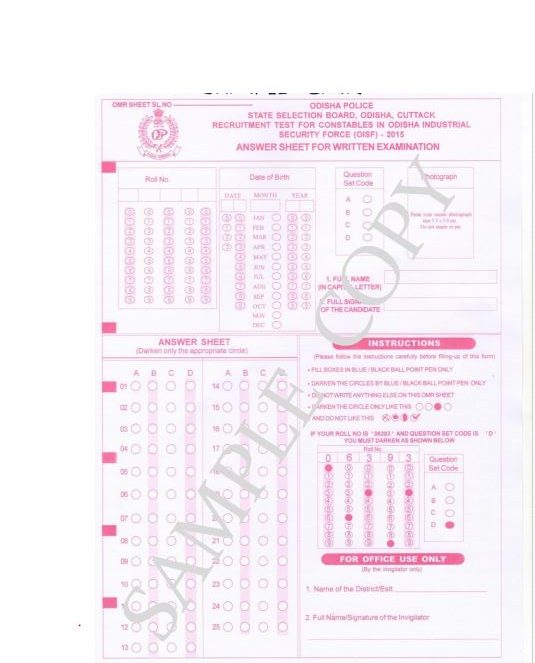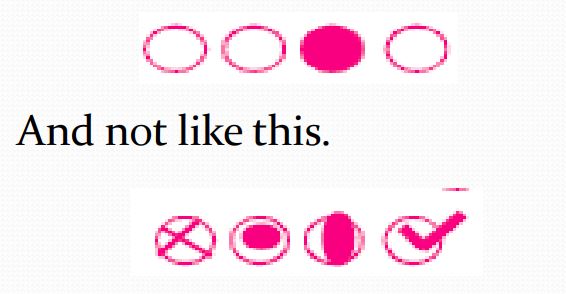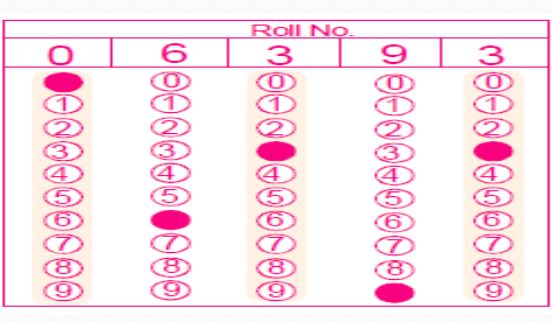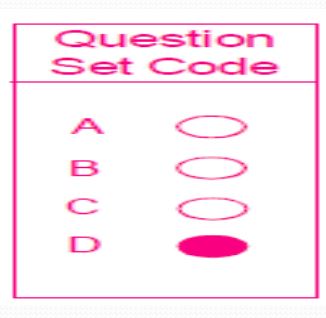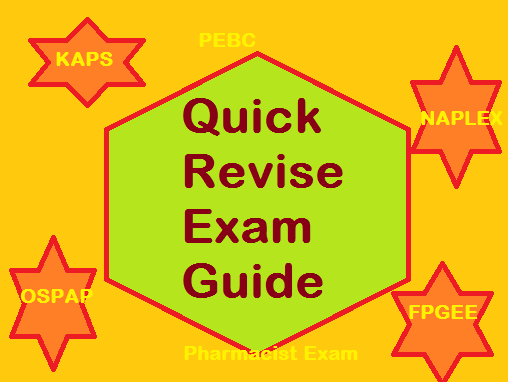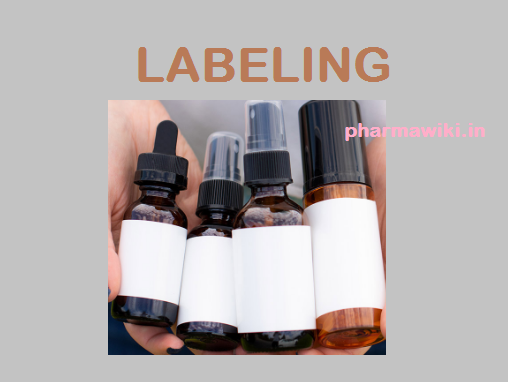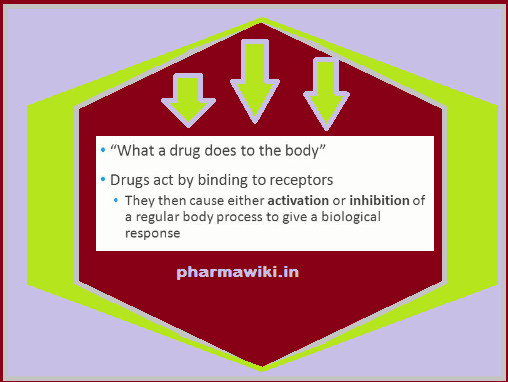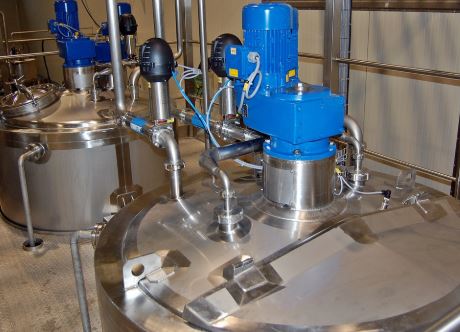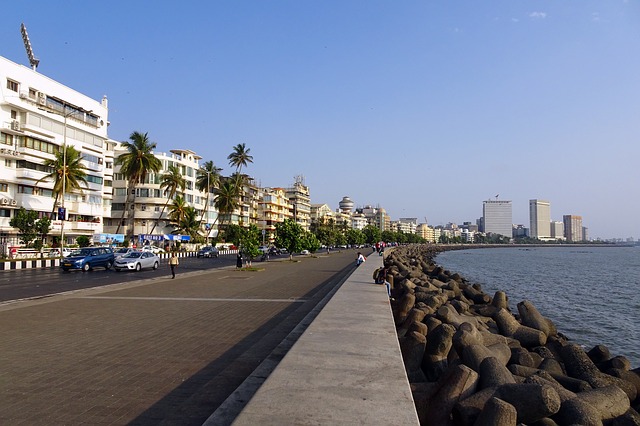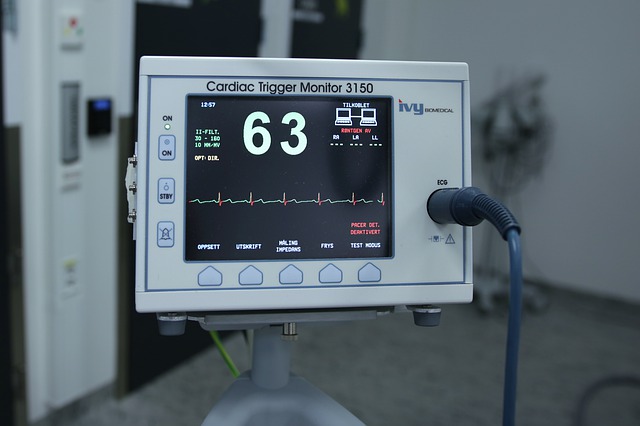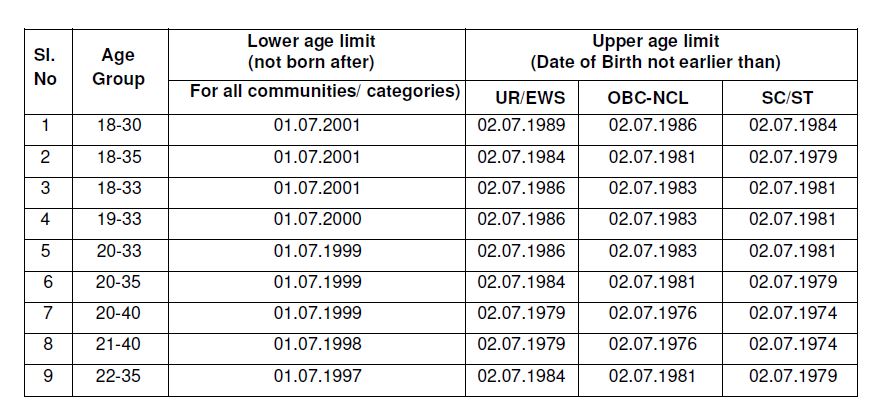Hello buddies. Pharmawiki.in here with another amazing and most important article “Storage Temperature on Label – Freeze Cold Cool Dry Label Storage Temperature” for all the pharma students pharmacists and any one who is into pharmaceutical field. This article not only helps pharma people but also the general public as we see these terms daily on all the pharmaceutical products we use. Specifically today we are talking about storage temperature on the label. These temperatures and definitions will also help you in many competitive and entrance examinations like GPAT Pharmacist exam, Drug Inspector examination. Then why delay just jump into the points straight away.
Storage Temperature and Humidity
Specific directions are stated in some monographs with respect to the temperatures and humidity at which official articles shall be stored and distributed (including the shipment of articles to the consumer) when stability data indicate that storage and distribution at a lower or a higher temperature and a higher humidity produce undesirable results. Such directions apply except where the label on an article states a different storage temperature on the basis of stability studies of that particular formulation. Where no specific storage directions or limitations are provided in the individual monograph, but the label of an article states a storage temperature that is based on stability studies of that particular formulation, such labeled storage directions apply. ) The conditions are defined by the following terms.
Freezer
“Freezer” indicates a place in which the temperature is maintained thermostatically between −25° and −10° (−13° and 14°F).
Cold
Any temperature not exceeding 8° (46°F) is “cold.” A “refrigerator” is a cold place in which the temperature is maintained thermostatically between 2° and 8° (36° and 46°F).
Cool
Any temperature between 8° and 15° (46° and 59°F) is “cool.” An article for which storage in a cool place is directed may, alternatively, be stored and distributed in a refrigerator, unless otherwise specified by
the individual monograph.
Controlled Cold Temperature
“Controlled cold temperature” is defined as temperature maintained thermostatically between 2° and 8° (36° and 46°F), that allows for excursions in temperature between 0° and 15° (32° and 59°F) that may be experienced during storage, shipping, and distribution such that the allowable calculated mean kinetic temperature is not more than 8° (46°F). Transient spikes up to 25° (77°F) may be permitted if the manufacturer so instructs and provided that such spikes do not exceed 24 hours unless supported by stability data or the manufacturer instructs otherwise.
Room Temperature
“Room temperature” indicates the temperature prevailing in a working area.
Controlled Room Temperature
“Controlled room temperature” indicates a temperature maintained thermostatically that encompasses the usual and customary working environment of 20° to 25° (68° to 77°F); that results in a mean kinetic temperature calculated to be not more than 25°; and that allows for excursions between 15° and 30° (59° and 86°F) that are experienced in pharmacies, hospitals, and warehouses. Provided the mean kinetic temperature remains in the allowed range, transient spikes up to 40° are permitted as long as they do not exceed 24 hours. Spikes above 40° may be permitted if the manufacturer so instructs. Articles may be labeled for storage at “controlled room temperature” or at “up to 25°”, or USP Pharmacists’ Pharmacopeia
General Notices other wording based on the same mean kinetic temperature. The mean kinetic temperature is a calculated value that may be used as an isothermal storage temperature that simulates the nonisothermal effects of storage temperature variations. An article for which storage at controlled room temperature is directed may, alternatively, be stored and distributed in a cool place, unless otherwise specified in the individual monograph or on the label.
Warm
Any temperature between 30° and 40° (86° and 104°F) is “warm.”
Excessive Heat
“Excessive heat” means any temperature above 40° (104°F).
Protection From Freezing
Where, in addition to the risk of breakage of the container, freezing subjects an article to loss of strength or potency, or to destructive alteration of its characteristics, the container label bears an appropriate instruction to protect the article from freezing.
Dry Place
The term “dry place” denotes a place that does not exceed 40% average relative humidity at Controlled Room Temperature or the equivalent water vapor pressure at other temperatures. The determination may be made by direct measurement at the place or may be based on reported climatic conditions. Determination is based on not less than 12 equally spaced measurements that encompass either a season, a year, or, where recorded data demonstrate, the storage period of the article. There may be values of up to 45% relative humidity provided that the average value is 40% relative humidity. Storage in a container validated to protect the article from moisture vapor, including storage in bulk, is considered storage in a dry place.
I hope this Storage Temperature on Label – Freeze Cold Cool Dry Label Storage Temperature article helped you. You need to know the definitions of these exactly to know where to store your medicines.

